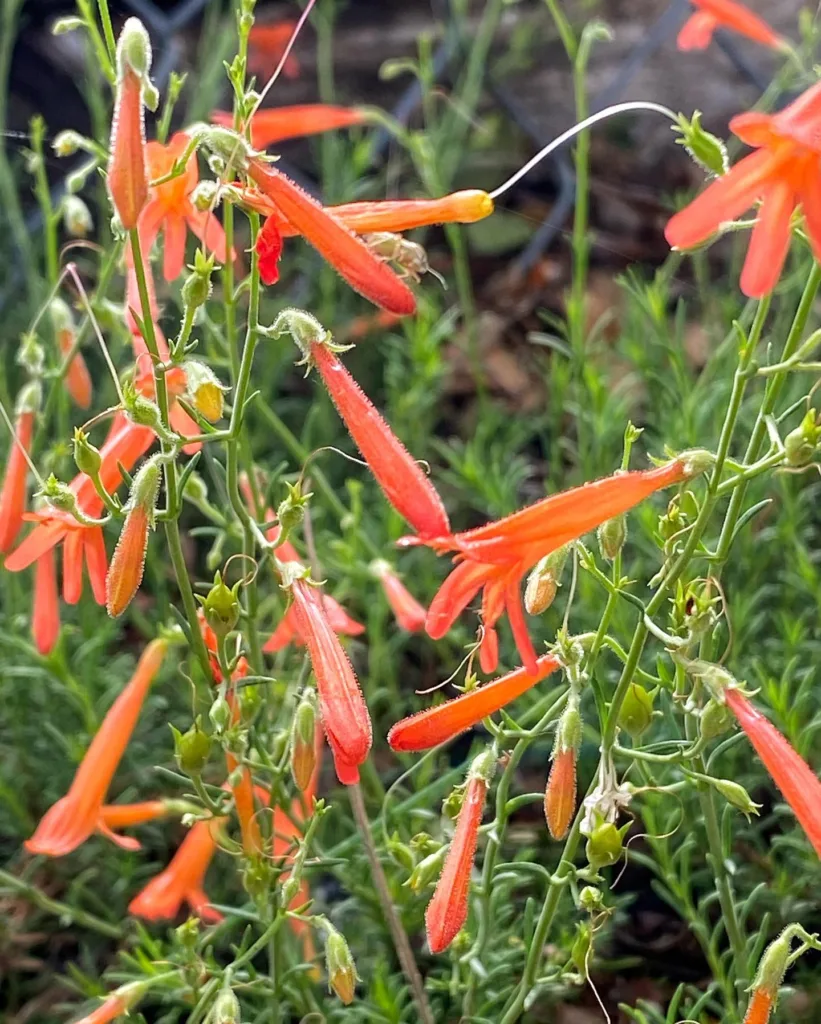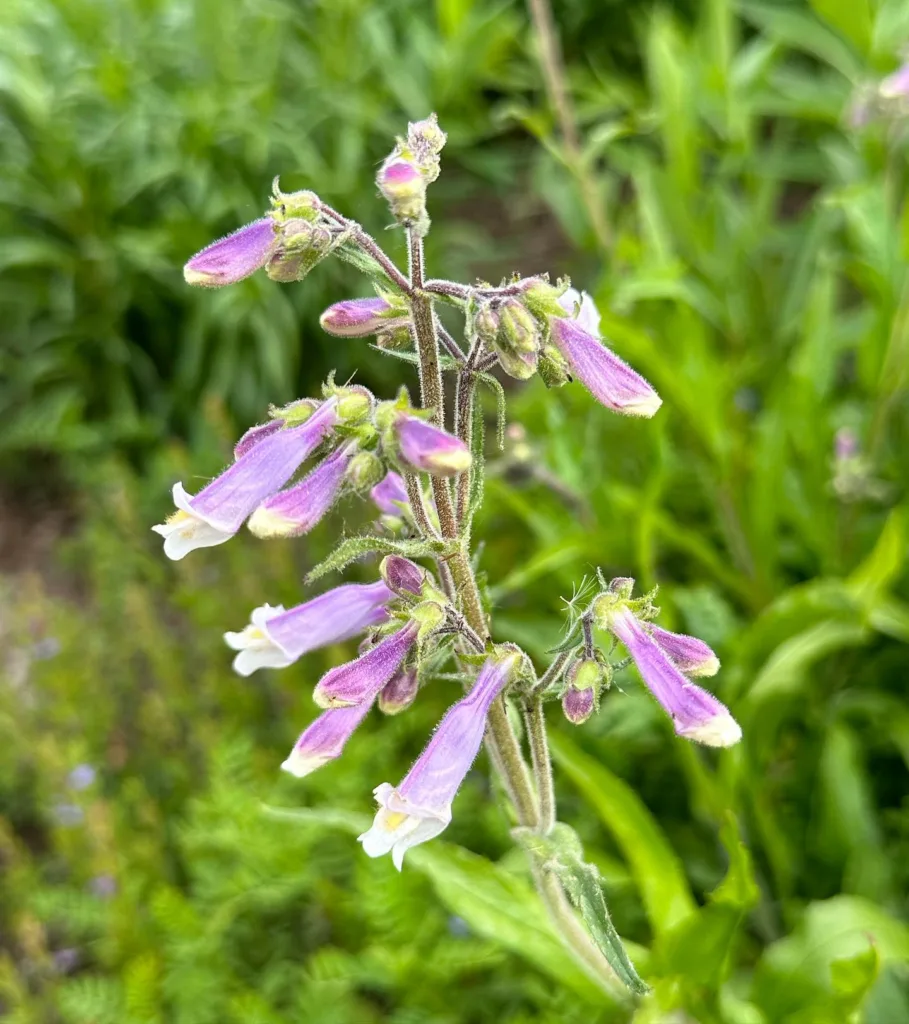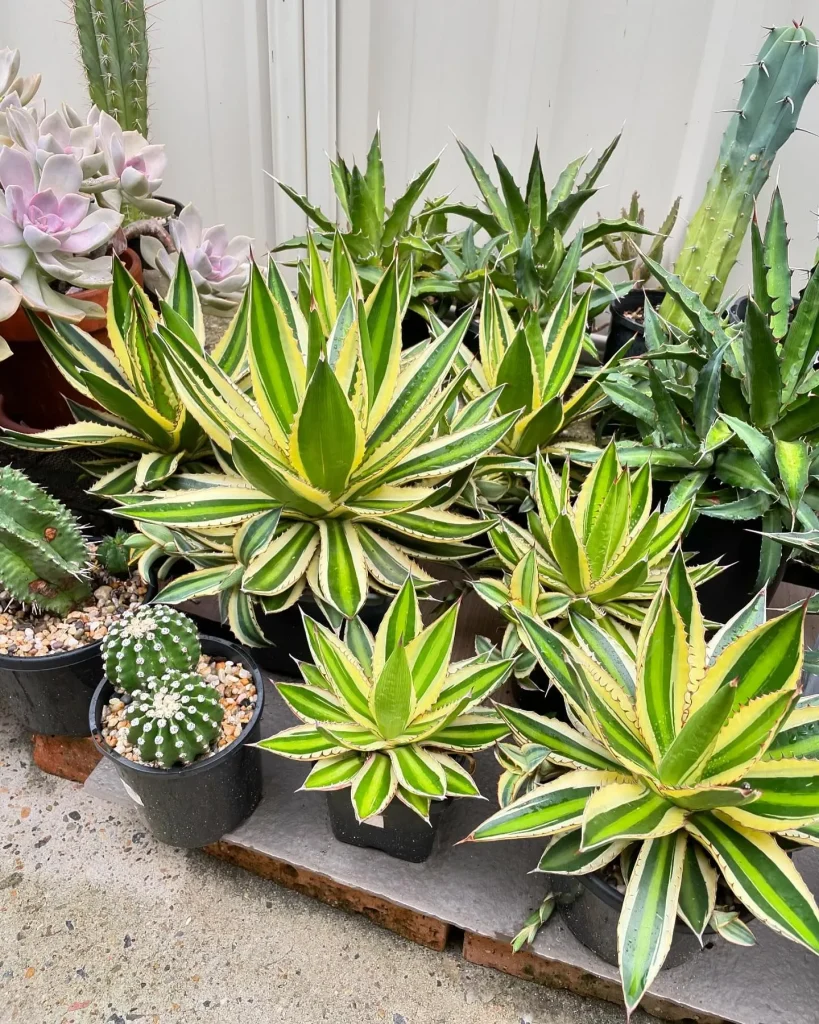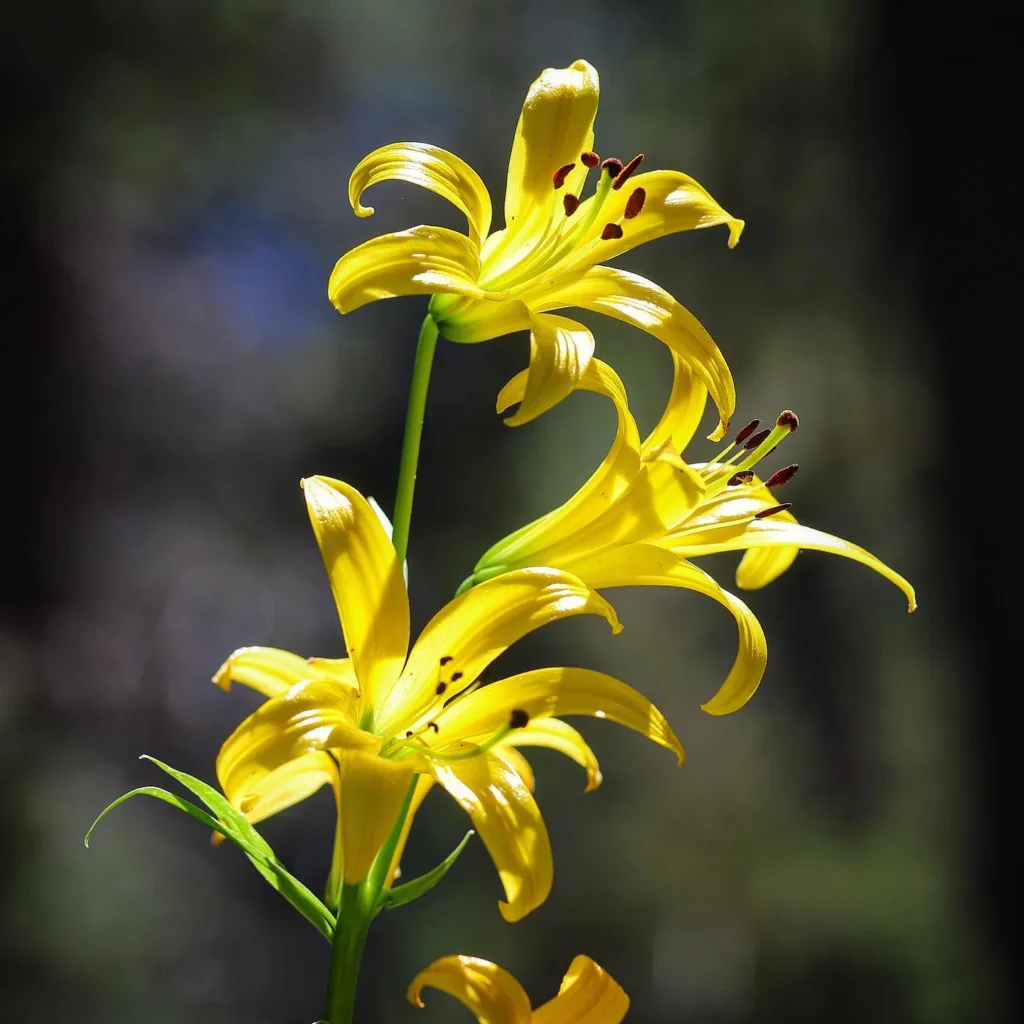Ceratozamia Hildae: Frequently Asked Questions
As a plant enthusiast, I’ve found that Ceratozamia Hildae, also known as the Hildae Zamia, is a fascinating and somewhat misunderstood plant. This cycads’ unique characteristics often lead to various questions. Today, I’ll address some of the most common FAQs about Ceratozamia Hildae, providing insights based on my experiences and research.
What Is Ceratozamia Hildae?
Ceratozamia Hildae is a species of cycad native to the tropical regions of Mexico. This slow-growing cycad is part of the family Zamiaceae and is known for its distinctive appearance. It features dark green, leathery leaves arranged in a rosette, giving it a robust and ornamental look. The plant can grow up to 3 feet tall, with its pinnate leaves reaching about 2 feet in length.
Plant Family: 9 Genera in Zamiaceae
How to Care for Ceratozamia Hildae?
Caring for Ceratozamia Hildae requires attention to its specific needs:
Light: Ceratozamia Hildae thrives in bright, indirect light. It can tolerate some direct sunlight but prefers protection from harsh midday rays. In low-light conditions, its growth may slow down significantly.
Soil: This cycad prefers well-draining soil. A mix of sand, perlite, and peat moss works well. It’s crucial to avoid waterlogging, as excess moisture can lead to root rot.
Watering: Watering should be moderate. Allow the top inch of soil to dry out between waterings. During the growing season (spring and summer), water more frequently. In winter, reduce watering to prevent overwatering.
Temperature: Ceratozamia Hildae prefers temperatures between 60-80°F (15-27°C). It is not frost-tolerant, so it’s best to keep it indoors or in a controlled environment if you live in a cooler climate.
Humidity: Average humidity levels are sufficient. However, if you live in a particularly dry area, occasional misting can help.
Fertilizer: Feed the plant with a balanced, slow-release fertilizer during the growing season. Reduce or stop fertilizing in winter when the plant’s growth slows.
How to Propagate Ceratozamia Hildae?
Propagation of Ceratozamia Hildae is not as straightforward as with some other plants. The most common method is through seeds:
Seeds: Harvest seeds from mature cones when they are ripe. Clean the seeds and soak them in water for 24 hours before planting. Plant the seeds in a well-draining mix and keep them warm and moist. Germination can take several months, so patience is key.
What to Plant With Ceratozamia Hildae?
Ceratozamia Hildae pairs well with other tropical plants. Consider these companions:
Ferns: Boston ferns or bird’s nest ferns complement its foliage and thrive in similar conditions.
Palms: Small palms like the parlor palm or Areca palm blend well and provide a lush, tropical feel.
Orchids: Epiphytic orchids add a touch of elegance and thrive in the same humid environment.
Benefits of Ceratozamia Hildae
Ceratozamia Hildae offers several benefits:
Ornamental Value: Its unique, dramatic appearance makes it an attractive addition to any plant collection or garden.
Low Maintenance: Once established, it requires minimal care compared to many other tropical plants.
Air Purification: Like many plants, it can help improve indoor air quality by removing toxins.
Is Ceratozamia Hildae Toxic?
Ceratozamia Hildae is not considered highly toxic, but caution is advised. The plant contains compounds that can cause mild gastrointestinal upset if ingested in large quantities. It’s best to keep it out of reach of children and pets.
Common Problems with Ceratozamia Hildae
Here are a few common issues you might encounter:
Yellowing Leaves: This can indicate overwatering or poor drainage. Ensure the soil is well-draining and adjust your watering routine.
Pests: Watch out for scale insects and spider mites, which can affect cycads. Regularly inspect the plant and use appropriate insecticides if needed.
Slow Growth: If your plant is growing slowly, it may need more light or a nutrient boost. Check its environment and adjust care accordingly.
Comparing Ceratozamia Hildae with Similar Plants
Cycas Revoluta (Sago Palm): While both are cycads, Ceratozamia Hildae tends to have longer, more slender leaves compared to the broader, more compact leaves of Cycas Revoluta. Ceratozamia Hildae also grows more slowly.
Zamia Furfuracea (Cardboard Palm): Zamia Furfuracea has a more compact growth habit and can tolerate a bit more neglect in terms of water and light. However, Ceratozamia Hildae generally has more ornamental foliage.
In conclusion, Ceratozamia Hildae is a unique and captivating cycad that, with the right care, can make a stunning addition to any collection. Understanding its needs and characteristics will help you enjoy its beauty for years to come.
If i die, water my plants!



